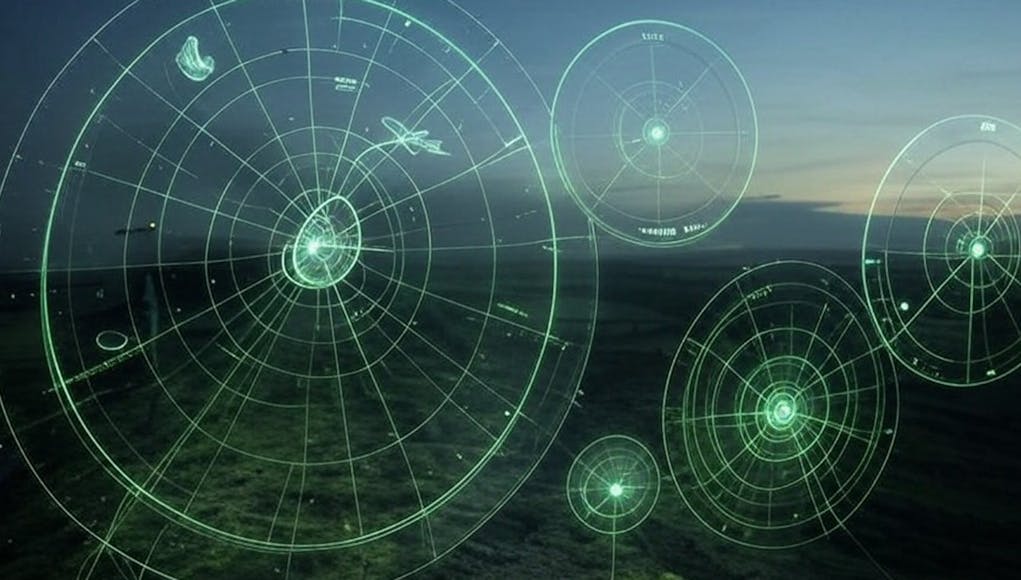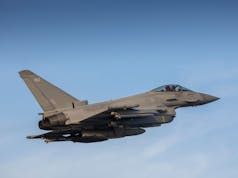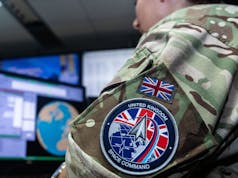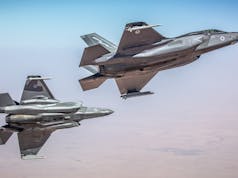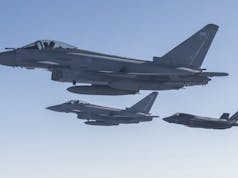The Ministry of Defence (MOD) is seeking industry input on a new “training Ground Based adversary Integrated Air Defence System (IADS),” according to a Pre-Procurement Notice published on 17 February 2025.
In simple terms, the MOD wants a mobile, state-of-the-art training system that can simulate advanced enemy air defences and electronic warfare for multiple military units.
The initiative, referred to as MUSTANG – Project 2 – Next Generation Surface Electronic Warfare Threat (NGSEWT), is part of the MOD’s effort to modernise “the UK’s Training Air Infrastructure for the Next Generation.”
In the notice, the MOD states:
“This may include but is not limited to, Full-Service Provision, Relevant Equipment Provisions and Suitably Qualified and Experienced Personnel (SQEP) and general supporting staffing and services.”
The request for information (RFI) highlights a “Hub & Spoke model” for the training solution, explaining:
“These elements—or as also known as ‘Clusters’—will be what replicates the adversary IADS. The Clusters will be mobile by design to take the training to the User, eliminating transit time and offering the opportunity to maximise training interaction, as well as offering opportunities to rapidly vary cluster disposition and threat density.”
Each cluster may operate independently or together as part of a wider threat network, with “a robust network that hosts a Plan, Brief, Execute & Debrief (PBED) suite” for scenario management.
According to the MOD, the intent is to ensure “remote operation whilst deployed over a wide geographical area,” enabling single-service, joint, or combined forces—alongside Allied and international partners—to train against sophisticated electronic warfare environments.
Technical Requirements
The MOD seeks “high-powered threat emitter[s] capable of producing high-fidelity threat replication,” referred to as Core Threat Emitters, as well as Supporting Threat Emitters and Low-Cost Threat Emitters (LCTE) to “represent short and medium range adversary surface-to-air threats.”
The notice also calls for Threat Stimulators—including ultraviolet (UV) and infrared (IR) replication of Man Portable Air Defence Systems (MANPADS)—and Electronic Warfare (EW) Systems, “capable of coherent & non-coherent Electronic Countermeasures (ECM).”
To complete the adversary simulation, the MOD anticipates Surrogates & Rotators that “offer accurate Synthetic Aperture Radio (SAR) images in terms of Size, Shape, Shadow and Reflectivity,” and “Scintillation effects or a system that emulates this.”
Main Service Users
A broad user community is identified, including:
- “The Royal Air Force: Owner and Operational Authority”
- “Combat Air Force (CAF): Primary User”
- “Intelligence, Surveillance Target Acquisition & Reconnaissance Force Headquarters (ISTAR FHQ): Primary User”
- “Headquarters Joint Helicopter Command (HQ JHC): Primary User”
- “Fleet Air Arm (FAA) Helicopters: Primary User”
- “Air Mobility Force Headquarters (AMF HQ): Primary User”
- “UK Strategic Command (StratCom): Primary User”
- “Joint Training & Exercise Planning Staff: Primary User”
- “Other UK Air Domain Units: Secondary Users”
- “NATO and Allied Partners: Tertiary Users”
The MOD is asking interested suppliers to address technical questions covering core threat emitter capabilities, supporting emitters, command, control, and communications solutions (C3), interoperability, security, and “capability evolution”.
The authority is collecting market input to “further understand the current market, its competitiveness, key players and to take that information into account when considering the future procurement,” while offering updated timelines, scope, and “revised programme thinking.”
Prospective suppliers have until 18 March 2025 at 23:59 to express their interest or respond to the RFI.
Companies interested in the project should be ready to provide or develop equipment (e.g., radar-like ‘threat emitters’ and countermeasures), expert staff, and IT networks capable of creating realistic training scenarios in various locations, all while ensuring high-level security for sensitive data and systems.
At the UK Defence Journal, we aim to deliver accurate and timely news on defence matters. We rely on the support of readers like you to maintain our independence and high-quality journalism. Please consider making a one-off donation to help us continue our work. Click here to donate. Thank you for your support!


